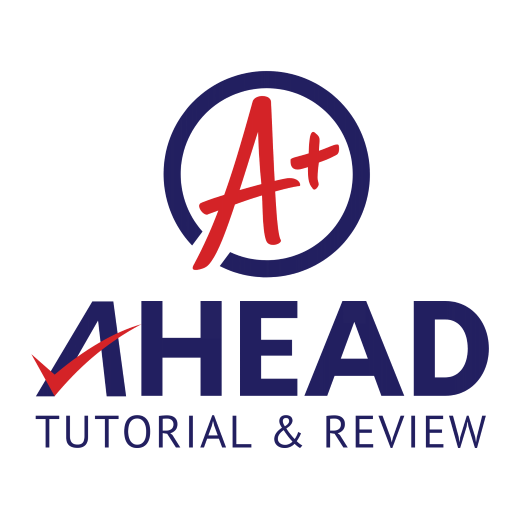In the ever-evolving landscape of education, one timeless practice remains an essential tool for students: note-taking. The art of jotting down information, ideas, and insights has been a cornerstone of learning for generations. But did you know that there’s a science behind effective note-taking that goes beyond the surface of scribbles and bullet points? In this blog post, we’ll dive into the intriguing world of note-taking, exploring the cognitive mechanisms that make it a powerful ally in memory retention and learning. As we uncover these insights, we’ll also glimpse how AHEAD’s services can elevate the note-taking game for students, aiding them in improving their study skills.
The Encoding Hypothesis
Effective note-taking engages the process of encoding information. When you jot down important points, you actively process and interpret the material, making it more likely to stick in your memory. This phenomenon is known as the encoding hypothesis.
Dual Coding Theory
Dual coding theory suggests that when you combine verbal and visual information in your notes, you create multiple pathways for your brain to access the same information. This enhances memory retention and comprehension.
Spatial Memory
Visual note-taking can help you tap into your spatial memory. Creating diagrams, charts, and mind maps can trigger your spatial memory, which is known to be quite powerful in recalling information.
The Generation Effect
Summarizing and paraphrasing information while taking notes involves actively generating content. This process strengthens your understanding and retention of the material, a concept known as the generation effect.
Organized Retrieval
Well-structured notes facilitate organized retrieval. When you need to review the material, clear and organized notes allow you to locate and recall information more efficiently.
Active Listening
Effective note-taking demands active listening during lectures or while reading. This focused engagement enhances comprehension and reinforces memory formation.
Visual Aids
The incorporation of visual aids in notes, such as graphs, charts, and images, can simplify complex information and make it easier to grasp and remember.
AHEAD, a renowned educational service provider, offers various resources and programs to enhance students’ study skills, with a focus on effective note-taking. They provide structured note-taking workshops where students can practice techniques such as summarizing and organizing information, aligning with cognitive principles. AHEAD also offers professional guidance, connecting students with experienced educators who provide personalized tips and strategies for optimizing note-taking. Additionally, students gain access to a library of well-structured study materials that exemplify effective note-taking, and review sessions that encourage interactive discussions and enhance memory retention. AHEAD’s comprehensive services empower students to unlock their potential through improved note-taking skills.
Incorporating the science of effective note-taking into their services, AHEAD equips students with valuable tools to enhance their study skills, promote memory retention, and optimize the learning experience. With the right guidance and resources, students can elevate their note-taking abilities and harness the power of this timeless technique.
In the age of digital distractions, the humble notebook and pen remain potent tools for memory and learning. Effective note-taking, as illuminated by science, is a dynamic process that encodes information, engages spatial memory, and triggers the generation effect. AHEAD’s services take these principles to heart, providing students with professional guidance, exemplary study materials, and interactive review sessions. With the science of effective note-taking and AHEAD’s support, students can unlock their potential and elevate their study skills, forging a path to enhanced memory and enriched learning experiences. Seize the opportunity to enhance your study skills with AHEAD’s support. Embrace the journey of learning and unlock your full potential today.
References:
Mayer, R. E., & Massa, L. J. (2003). Three facets of visual and verbal learners: Cognitive ability, cognitive style, and learning preference. Journal of Educational Psychology, 95(4), 833-846.
Peverly, S. T., Ramaswamy, V., Brown, M., Sumowski, J. F., & Alidoost, M. (2007). The effects of encoding strategy instruction on the comprehension of lecture notes by postsecondary students. Journal of Educational Psychology, 99(1), 44-55.
Robinson, D. H., Katayama, A. D., & Beth, A. J. (2013). The generation effect in multimedia learning. Journal of Educational Psychology, 105 (2), 310-320.
Smith, P. J., & Ragan, T. J. (1999). Instructional design. Wiley Online Library.Van Meter, P., & Garner, J. (2005). The promise and practice of learner-generated drawing: Literature review and synthesis. Educational Psychology Review, 17 (4), 285-325.
Related article: https://success.oregonstate.edu/learning/notes#:~:text=According%20to%20experts%2C%20taking%20notes,review%20(Seward%2C%201910).
By: Dyan Lorizze Amarillo
